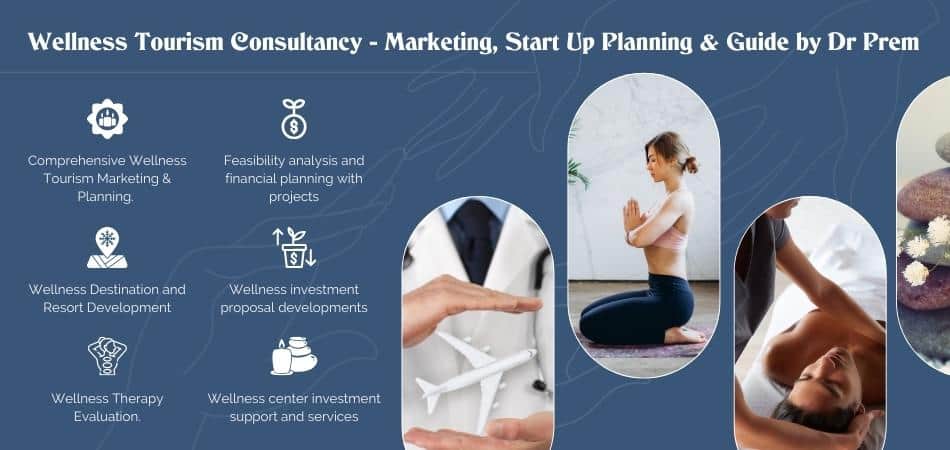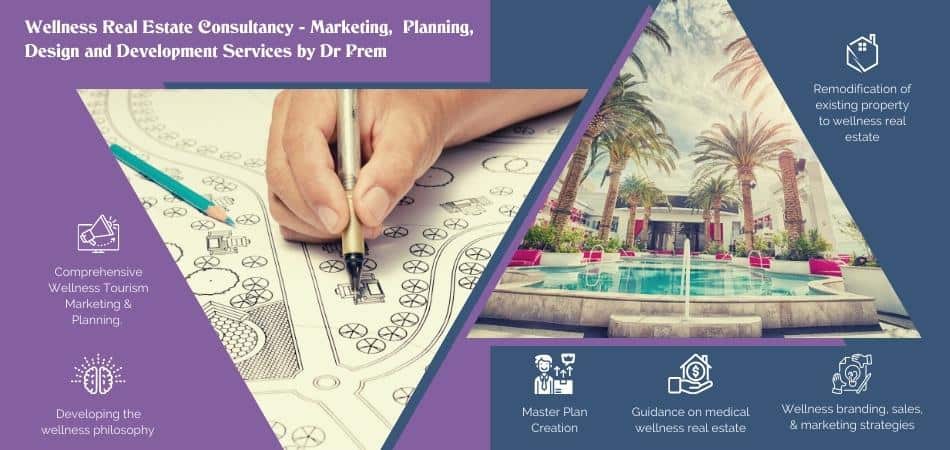Accelerated Experiential Dynamic Psychotherapy (AEDP) can be referred to as the talk therapy modality. It is a psychotherapeutic approach for helping people with traumatic experiences to experience positive changes, eventually leading to overall well-being. The therapy processes with the belief that every human being has the inborn ability of self-healing and emotional transition.
AEDP Therapy techniques have their roots in several disciplines such as attachment therapy, neuroscience, trauma-based, emotion-based techniques, and body-focused approaches. Often people ignore or lack the strength of dealing with arduous or emotionally difficult events faced in childhood or in the recent past. AEDP focuses on these experiences to provide clients with self-confidence and courage.
This innovative psychotherapy is an art that firmly supports letting out childhood traumas and other disturbing memories, which might be completely debilitating or suffocating for some people in their adulthood. It encourages them to embrace these events, speak out, and gradually prevent triggers and impacts of these events in their life in each session.
The following points are explained briefly in this guide:
A Guide to Accelerated Experiential Dynamic Psychotherapy (AEDP) by Dr. Prem – Introduction, Goals, Benefits, Session Structures and More
-
Origin of AEDP
-
The Goal of the Therapy
-
What Does AEDP Treats
-
Potential AEDP Benefits
-
Is AEDP Evidence-based
-
Structure of the AEDP Therapy Sessions
-
AEDP Couple Therapy
-
How Does AEDP Therapy Work for Attachment Trauma
-
Difference Between AEDP and Conventional Talk Psychotherapy
-
What You Need to Seek in Your Therapist
-
Qualifications for AEDP therapist
-
Accelerated Experiential Dynamic Therapy Providers
Origin of AEDP

Accelerated Experiential Dynamic Psychotherapyor AEDP was developed by psychologist Diana Fosha. The AEDP therapy came into existence after she completed her postdoctoral training in Intensive Short-term Dynamic Psychotherapy (ISTDP). This relatively new approach to psychotherapy was published to the public in the year 2000 through her book ‘The Transforming Power of Affect’.
Certain methods of ISTDP are also included in the AEDP therapy such as (i) triangle of conflict (studying past and present relationship patterns) and (ii) Mental imagery and portrayals (amplifying and deepening emotions). However, based on the processes and research on therapy practices, AEDP continues to develop.
The Goal of the Therapy

AEDP brings out these issues deeply and guides you into understanding your unknown capabilities and potential. The consistent efforts throughout the therapy treat stress-traumatic stress disorders and other issues caused by their traumas. At the end of the AEDP therapy session, clients usually find out that they already possessed the emotional coping skills throughout their life; however, were unable to identify or access them due to the anxious avoidance of these events and learned fears over time.
What Does AEDP Treats
- Post-Traumatic Stress Disorder (PTSD) and Complex (PTSD)
- Anxiety Disorder
- Depression
- Interpersonal Relationship Problems
- Low Self-Esteem
- Lack of Self-Confidence
- Adult Attachment Challenges
- Work-related Stress
- Parenting Issues
- Habitual Avoidance and Denial
- Unhealthy Defense Mechanisms
- Addiction
- Eating Disorders
Potential AEDP Benefits

It also has potential benefits of improving their overall functioning, self-compassion, and building better relationships with others. Similarly, enhanced feelings of intimacy and connectedness are experienced by couples undergoing AEDP Therapy.
Nevertheless, as AEDP shows significant effectiveness in reducing the severity of psychological conditions, it can potentially manage to decrease the stage of clinical depression and bring the person back to living a healthier and positive life.
Is AEDP Evidence-based

Similar results were shown in the case study of bilingual women in 2018 who suffered from depression, Complex PTSD, followed by relationship traumas. Post the therapy sessions the client stated that she could process her traumatic experiences, relationship issues, and emotions better, particularly in terms of her cultural identity.
Accelerated Experiential Dynamic Therapy has especially been effective in teletherapy settings throughout the major COVID-19 pandemic. It enabled receiving emotional connection through the AEDP therapy training sessions for those who were struggling with loneliness, social isolation, and other mental problem symptoms caused by the pandemic.
Structure of the AEDP Therapy Sessions

- AEDP foundation is based on the supportive and safe relationship between the client and the therapist that allows you to open up and practice genuine inward exploration. The initial AEDP therapy session is wholly dedicated to developing a non-judgmental, caring, and warm client-therapist relationship.
- Once this relationship is solidified, it allows you to feel free and willing to go deeper. Further, the unconscious defense mechanisms are precisely understood and studied. Often this step brings out the difficult emotions and incidents that might be too heavy for you to experience alone.
- With a great amount of empathy, support, and positive emotional experiences during these conversations, the therapist steps back, allowing you to go forward in guiding your childhood or recent unpleasant experience. This step usually enables you to realize your own capacity for meaningful changes and self-healing power within.
- In case, any point during the therapy gets too heavy, your therapist is trained to take a smooth turn towards a lighter conversation for a while. This allows you to take a break from difficult emotions, explore, and understand your coping skills as well.
- Throughout the AEDP sessions, your therapist also studies and notes your body language, different gestures, and facial expressions. Each impression has meaning and they tend to change depending on the emotions you are feeling. This helps your therapist to understand what you are experiencing at that very moment of the session.
- In the next sessions, the therapist might also discuss their own relationship and what it feels like to express these emotions. This step undoubtedly promotes further progressive growth. The therapy works wonders with the belief that regardless of one’s past traumatic experiences, we all are enough resilient to change.
AEDP Couple Therapy

Here’s how AEDP helps partners individually and as a couple with its techniques:
- Confronting and exploring any traumatic or disturbing events that had taken place in the life of both partners.
- Dealing with these events of each partner in the relationship with the guidance of the therapist.
- Learning and developing openness, connection, and curiosity while staying in the present throughout the interactions.
- Identifying the roadblocks raised from those traumas that are now coming in the way of true vulnerability and intimacy between this couple.
- Gradually, in further sessions, the practice of building greater levels of connectedness and intimacy leads the partners to grow closer.
How Does AEDP Work for Attachment Trauma

In childhood period, some people may have experienced feeling invalidated, distant, left out, or unsupported by their parents or caregivers which left them with disturbed and uncomfortable feelings in their adulthood. Thereby, it is essential to develop a good client-therapist relationship for positive experiences and emotional changes during the therapy sessions.
AEDP therapy training sessions aim at healing these ruptured attachment relationships with help of the therapist being the supportive base encouraging the client to explore and build independent emotional growth without judgment or shame. This positively treats attachment trauma in them.
Difference Between AEDP and Conventional Talk Therapy

This in return helps you to inspect what is going deep down within you making you conscious of the unconscious feelings that lead to making you feel lighter, more aware, and comfortable in your own skin following an emotional experience.
Whereas, in AEDP Therapy, the therapist focuses on both verbal and non-verbal emotions and communication. Along with speaking out and discussing your traumatic experiences, the changes in your expressions and gestures are equally noticed.
During this therapy, creating a safe and warm base for you is the main priority. The therapist is also trained to handle spikes of anxiety or guilt calmly. The AEDP not just identifies your feelings, but builds positive emotional experiences to change those built from the traumatic experiences.
What You Need to Seek in Your Therapist

- Proficient Skills
- Genuineness
- Trust
- Comfort Levels
- Good Communication
- Potential Bond Building
- Ensured Security
- License or Certification
Qualifications for AEDP therapist

Certified AEDP Therapist requires to have Level 1, Level 2, and Level 3 training completion. These levels involve major AEDP trainings, Essential Skills 1 & 2, Supervision option- Core training of 30 hours of small group supervision or 20 hours of individual supervision.
After the completion of all 3 Levels, the therapist is also required to clear the certification process to be Licensed or Certified as the AEDP Therapist. To grow more and become AEDP Therapist & Supervisor, an additional review process is essential to be cleared.
AEDP Institute, established by the AEDP Therapy developer Diana Fosha, offers AEDP Psychotherapists these training and certifications.
Accelerated Experiential Dynamic Therapy Providers

Accelerated Experiential Dynamic Therapy is also provided in various wellness tourism resorts worldwide. With the growing need for psychotherapies, the number of its providers has also increased. However, people who are interested in this therapy are recommended to look for a certified and trained therapist.
Summary
AEDP Therapy helps people to process and manage their traumatic experiences and learn to cope with positive changes. Through the AEDP Treatment, you also benefit from many other forms of therapies, such as experiential therapies, attachment therapy, emotional-based approach, trauma-focused therapy, and body-focused strategies. Accelerated Experiential Dynamic Therapy has proven effective in treating various psychological conditions all over the world.









